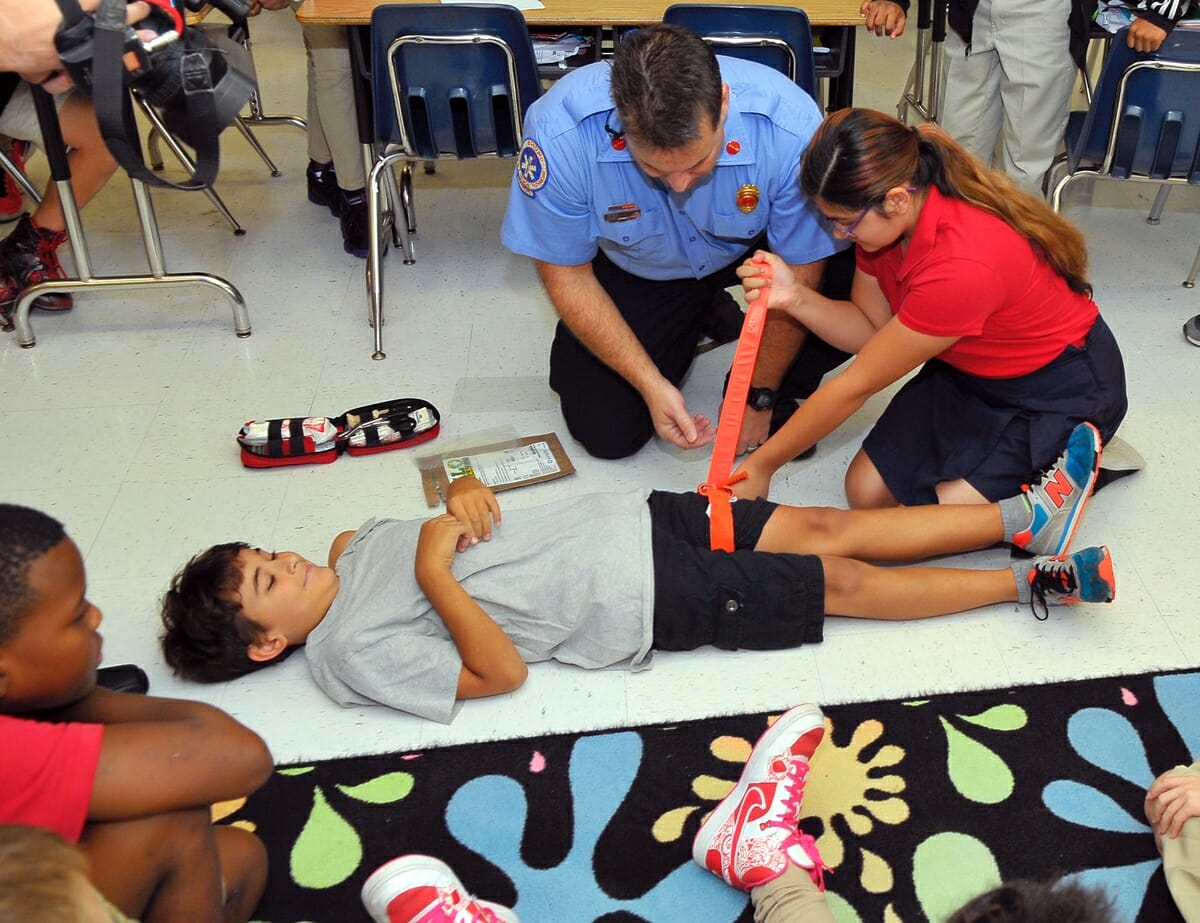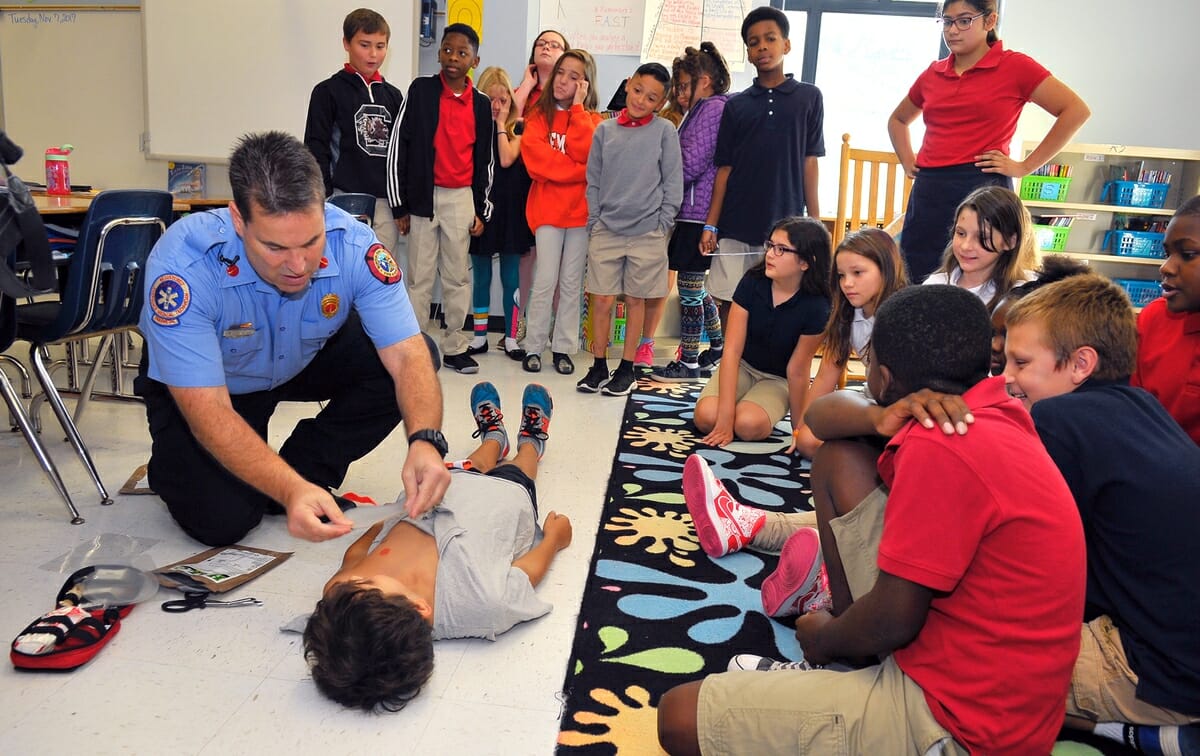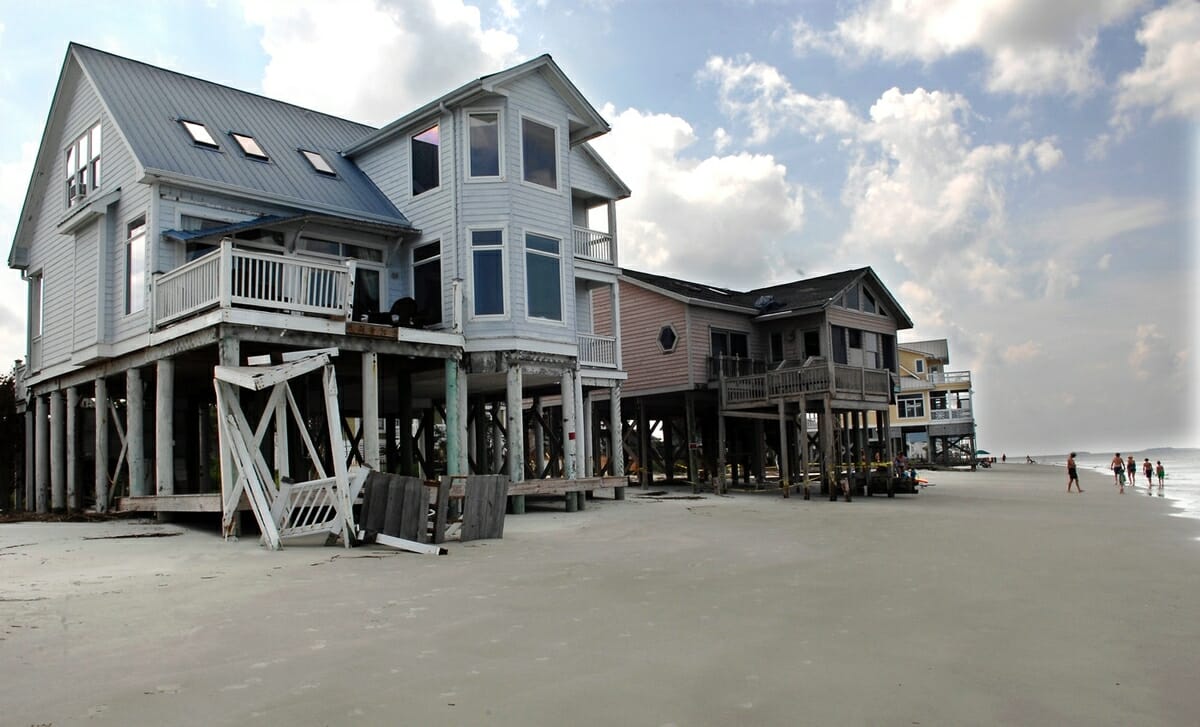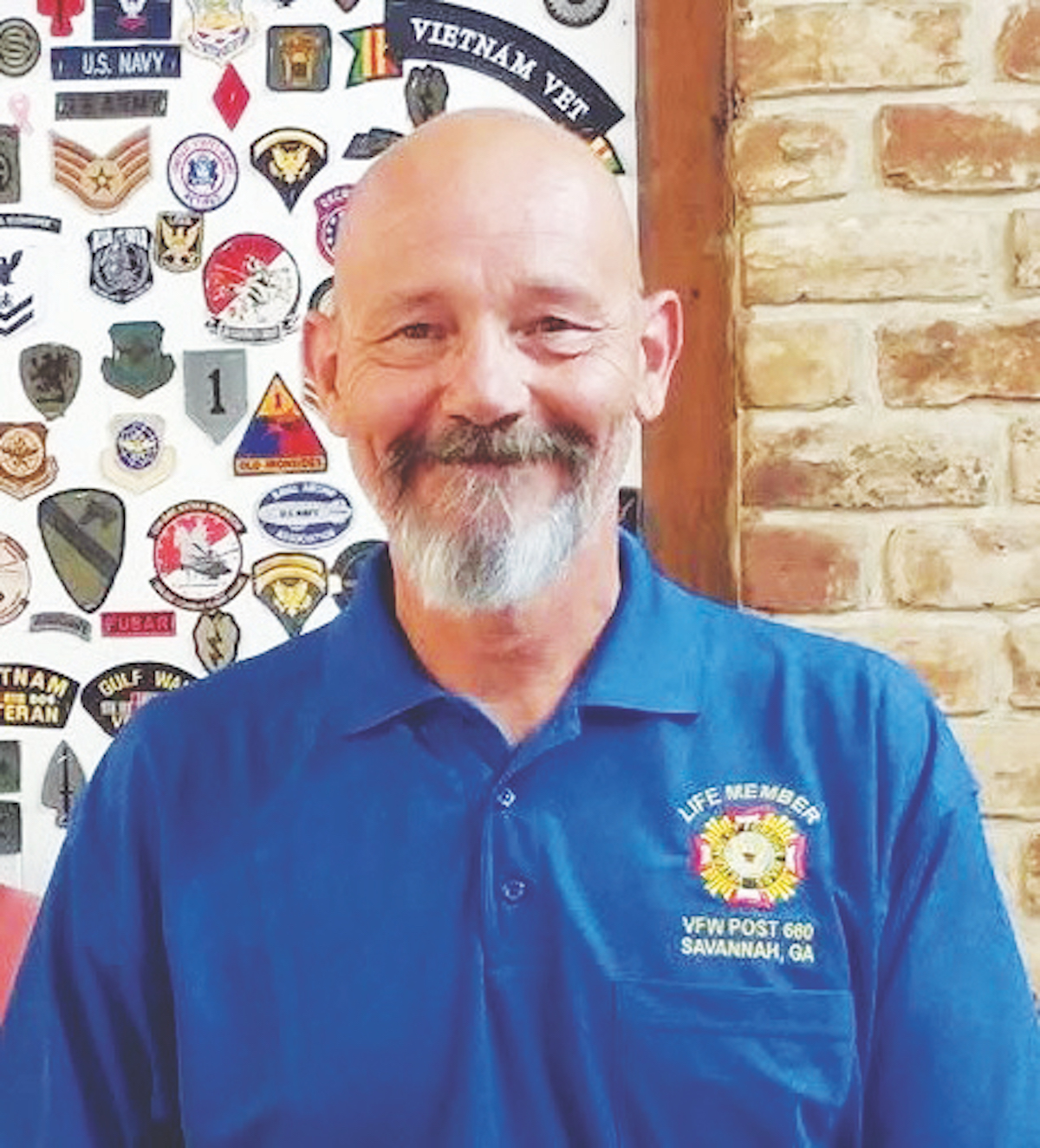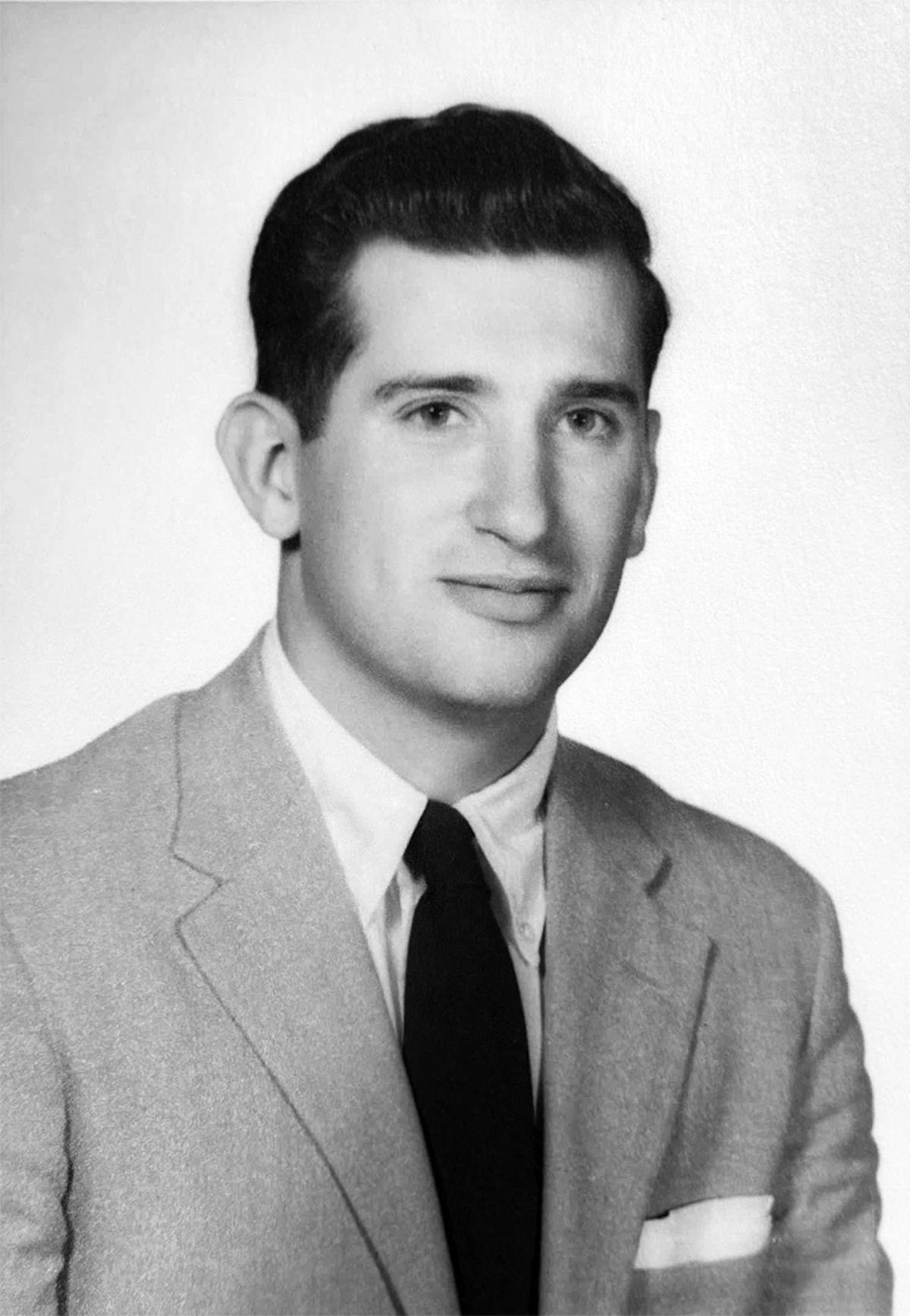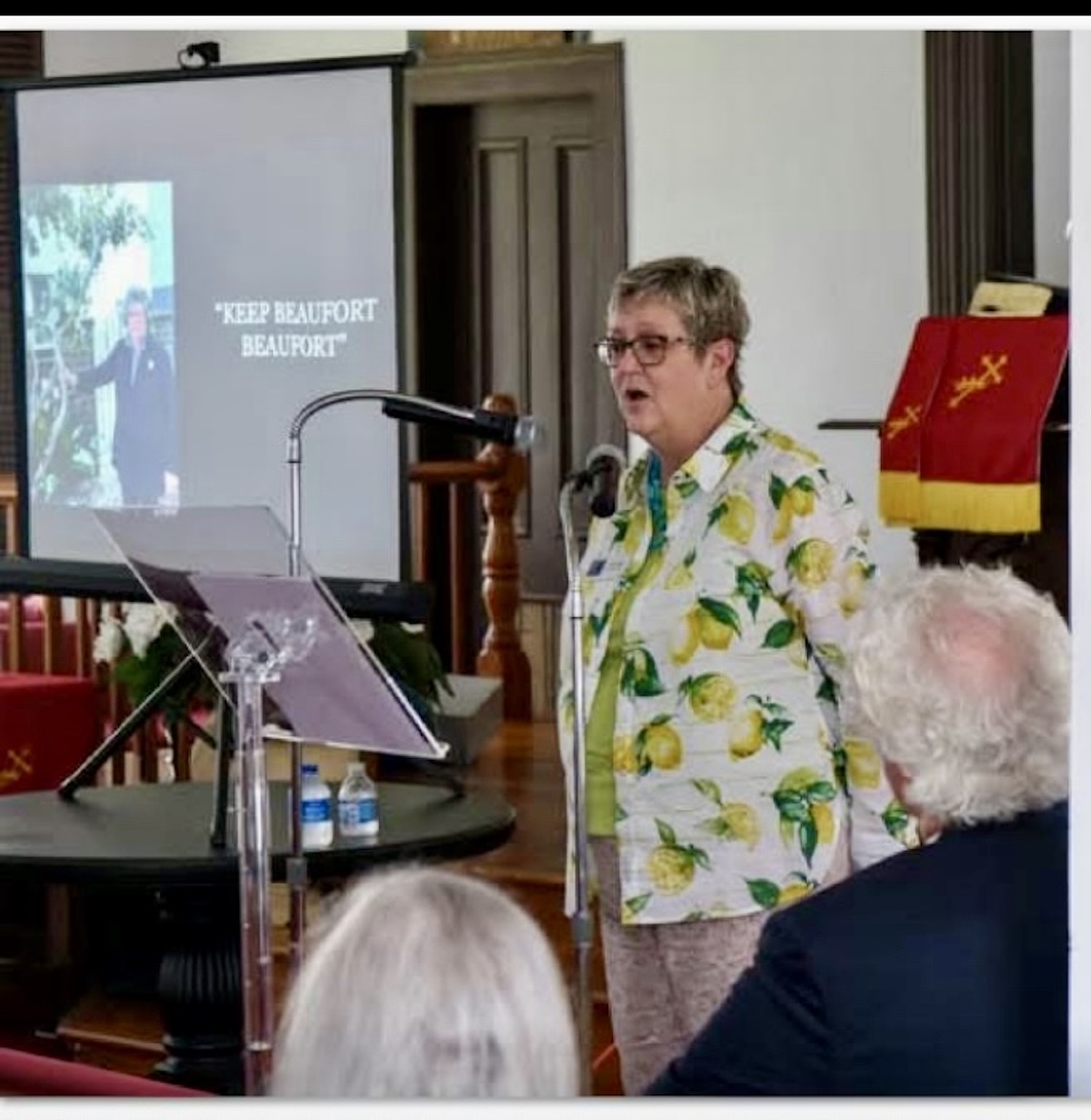Photo above: After finding a simulated gunshot wound, Lt. Daniel Byrne of the Burton Fire District applies a Jacob Kit peel-and-stick patch over a wound to control bleeding during a demonstration at Port Royal Elementary School. Byrne, of the Burton Fire District, used his 10-year-old son Nathan as a victim to show other fifth-graders at Port Royal Elementary School how to stop another person’s bleeding. Photo by Bob Sofaly.
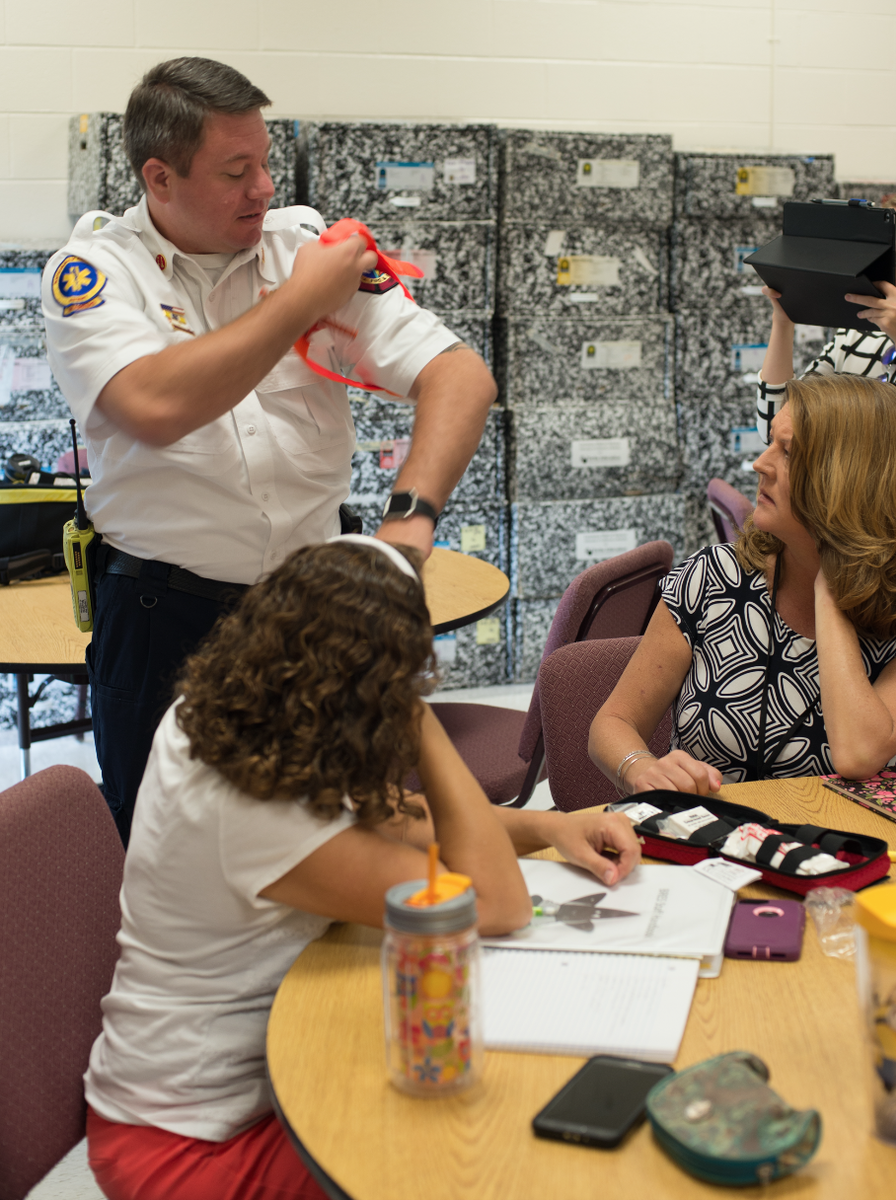
By Amy Rigard
Every second counts.
That is especially true when tragedies such as the recent shootings in Las Vegas and Sutherland Springs, Texas, happen.
In those seconds and minutes between when tragedy strikes and when first responders arrive on the scene, bystanders can play a critical role in saving someone’s life by stopping the bleeding.
Numerous media outlets reported on good Samaritans who helped others after the Las Vegas shooting by applying pressure to their wounds and creating makeshift tourniquets. Those bystanders saved lives.
And it’s the hope of Lt. Daniel Byrne, of the Burton Fire District, that trauma kits and training to “stop the bleed” could help save the lives should an emergency, such as a school shooting occur.
The idea for the trauma kits and training was borne out of another tragic event: the shooting and death of 6-year-old Townville, S.C., elementary school student, Jacob Hall in 2016.
Byrne’s wife, Angela, a school teacher for 26 years, asked her husband what she could have done to help Jacob if he had been one of her students.
While Beaufort County schools have emergency preparedness plans in place and have conducted active shooter drills, those seconds and minutes between a trauma and the arrival of first responders is critical.
“No matter how quickly we receive the call or how fast and efficient our response and arrival is, there will be a delay between the time a child is injured and when a paramedic arrives to treat them,” said Byrne.
The question became: How could they help close that gap and help stop the loss of blood among victims?
The Burton Fire District approached Broad River Elementary School, where Angela Byrne teaches, with the idea for a pilot program of Jacob’s Kit. The goal is to train teachers, but students are also learning how to use the kit to “stop the bleed.”
The kits contain a tourniquet, which studies have found to be the best and easiest to use to control bleeding, chest seals – adhesives for chest wounds, bandages, medical gloves and trauma sheers to cut clothing.
According to the Department of Homeland Security, a person who is bleeding can die from blood loss within five minutes. For a small child, that amount of time is shorter due to a lower blood volume.
Shortly following the events at Sandy Hook Elementary School, a Joint Committee to Create a National Policy to Enhance Survivability from Intentional Mass Casualty and Active Shooter Events was formed by the American College of Surgeons.
The consensus was to encourage civilian training programs based on data compiled from military and civilian experiences, placing emphasis on early bleeding control. The study “strongly endorses” civilian bystanders’ involvement, and in 2015 the Department of Homeland Security launched a national initiative called “Stop the Bleed” to encourage civilian training programs.
The Jacob Kit program was launched by the Burton Fire District in August with all 50 classrooms and other major common areas at Broad River Elementary School being equipped with kits. This program initiative at Broad River was made possible through donations from Washington National Insurance, the Kiwanis Club of Beaufort and the Stuart Hardy family.
Fifty kits were provided to Whale Branch Elementary School in late November thanks to a grant provided by the Hilton Head Firefighters Association.
Joseph S. Shanklin Elementary School and James J. Davis Elementary School are slated to receive 30 kits each.
Teachers will receive annual training, and the kits will be inspected every year.
The Burton Fire District hopes to have a Jacob Kit in all the elementary school classrooms in their district by the start of the next school year, and plans to continue the program into the middle and high schools once the elementary schools are complete.
Byrne hopes to extend the program to churches and businesses.
“It’s sad that this is what the world is coming to, but it’s a reality that we’ll have to live with at least for the foreseeable future,” said Byrne. “I would encourage everyone to get the training. You can save a life.”
Funding for the training and installation of the kits, which cost $65 each, comes from grants and donations.
To donate or request the free training, contact safetyed@burtonfd.org.
